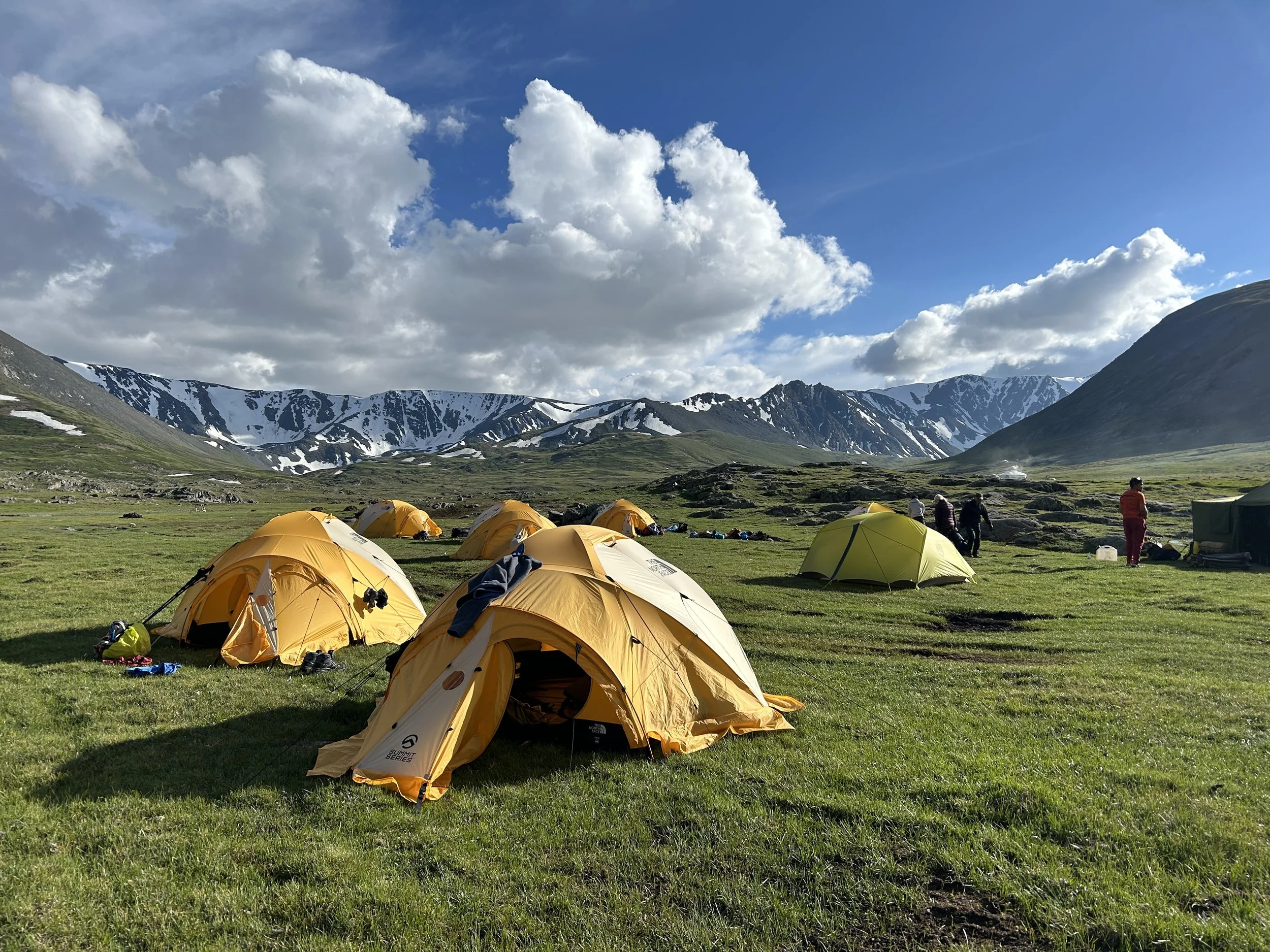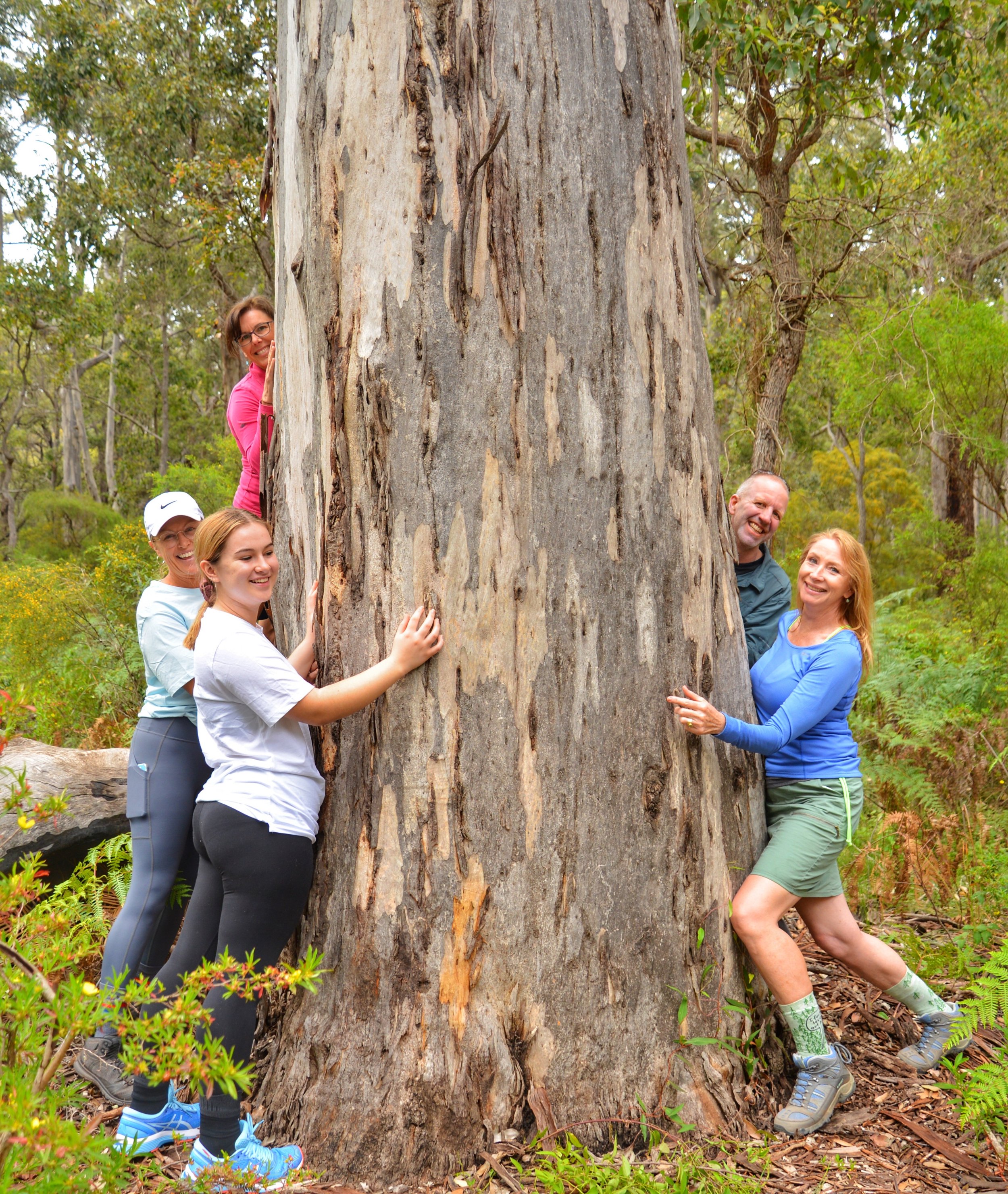THE BIODIVERSITY PROJECT
A not-for-profit initiative to identify, strategise and implement a role for the tourism industry in monitoring, data gathering and education about wildflowers biodiversity.
Currently at envisioning and pre-seeding stages, The Biodiversity Project (working name) and its journey will be tracked on this page fully available to the public.
You can follow our idea generation, consultation with industry leaders and formulation of an organisation structure, strategy, implementation plans.
This page also holds the resources used that will be available for the public to download.
BACKGROUND
Australia is one of the most biodiverse regions on Earth with 600,000– 700,000 native species.
Many of these species are found nowhere else in the world and are the result of millions of years of isolated evolution.
Like the rest of the planet we are facing rapid declines in biodiversity.
It also reports almost 2000 species face extinction.
Western Australia well deserves to be known as the wildflower state, supporting more than 11,606 plant species (8,952 endemic to the state). The southwest botanical province is particularly extraordinary in its biodiversity and one of the world’s 34 biodiversity hotspots where at least 1500 plant species that grow there have lost more than 70% of their natural habitats.
The Fitzgerald Biosphere, which includes the Fitzgerald River National Park, Ravensthorpe and Jerramungup, is a major component of the southwest’s unique biodiversity. It is also one of only four Biosphere Reserves in Australia and one of Australia’s most important biodiversity assets. We operate one of our most popular offerings here: Walking with Wildflowers.
We love to spend time here.
OVERVIEW
Sadly, over the last 6 years we have come to understand more profoundly the vulnerability and precariousness of these ecosystems.
We have walked among rare and endemic species of flora, some already threatened, and some we have watched moving steadily along a priority continuum towards threatened status. We care deeply for this remarkable environment and have wondered over the years: how we could be a bigger help?Other than the rangers, we return consistently, regularly and frequently to the same areas, year after year.
This is a unique and useful position.
There are many other similar ecotourism or nature based tourism operators in similar positions.
How can we all help?Initial research and attendance at the Biodiversity Conference in October 2023 has given us some ideas:
there are major gaps in the data gathering and monitoring of biodiversity
There are Recovery Plans for the state, the Biosphere and for individual threatened floral species within the Fitzgerald Biosphere - perhaps lack the people power to implement them adequately
STAY TUNED FOR MORE - WE WILL ALSO BE UPLOADING VARIOUS REPORTS AND RESOURCES TO THIS PAGE.




